

Measuring viscosity with VISCO™ changed viscosity management from sensory to a numerical value and made the viscosity of soup more consistent and stabilized the mouth feel.
VISCO™ is lightweight, compact and easy to carry, so it can be carried to the manufacturing site for quick measurement. Because it is easy to operate and does not require any special skill, it enables smooth manufacturing.

In our shop, we continue to develop and develop the ideal taste of salt Tare (concentrated flavor) every day. ATAGO's salt meter can easily measure salt and is easy to operate. It is an item I always wanted to study the taste of Tare (concentrated flavor).

Owner: Mr. Naoto Kuroki
Kuroki's high quality salt and dashi broth. The level of salt can vary as the broth is made using only natural ingredients. Kuroki utilizes salt meter to ensure the consistency of the broth; keeping balance of the salt from the natural ingredients and the salt that is added.
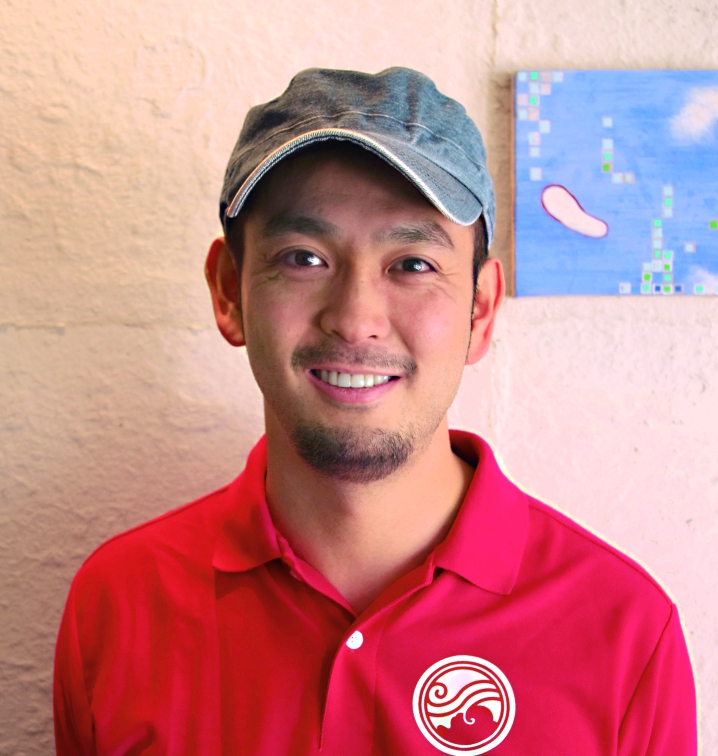
Owner: Mr. Chihiro Miyazaki
Our restaurant uses ATAGO's PAL™(PAL™-96S/PAL™-Easy SALT) to measure Brix and salt content. The PAL unit is easy to use, allowing for consistent flavor for every batch. The PAL unit is integral to our restaurant.

Our soup is made by combining meat and seafood broth with Karebushi, traditional bonito flakes. The ATAGO's salt meter is used to keep the delicate flavor consistent. The flavor expressed in numeric value allows us to provide the soup to our customer with highest confidence.

The ATAGO's "Pocket" Ramen Soup Refractometer is very convenient and easy to use. The measurements can be used to create flavor profiles, unchanging the flavor creation passed from the previous generation.
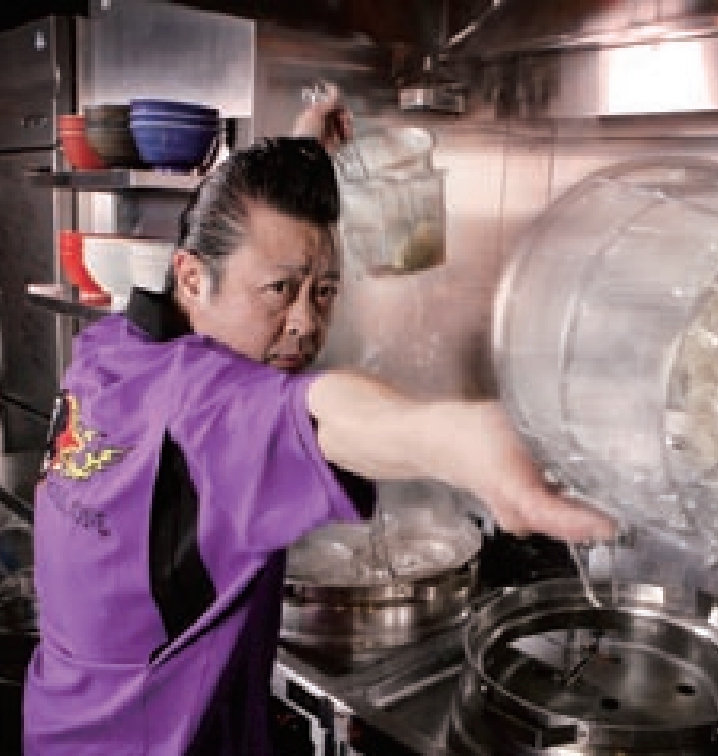
PAL is never a product that produces taste or brings out deliciousness. You can adjust the taste.
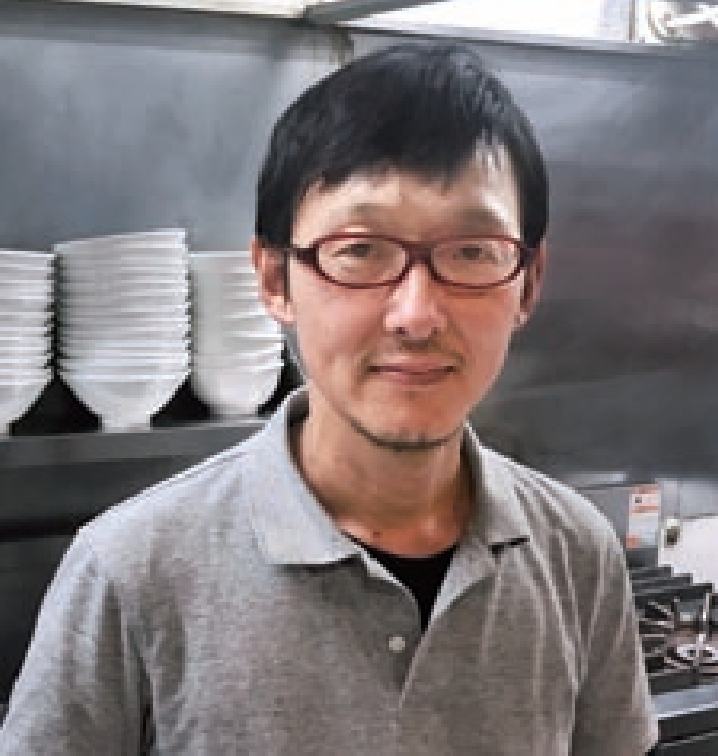
Owner: Mr. Katsumasa Hori
By digitizing the aiming taste, it makes it easier to make stable products. When the value breaks, it is also important to think about the cause.
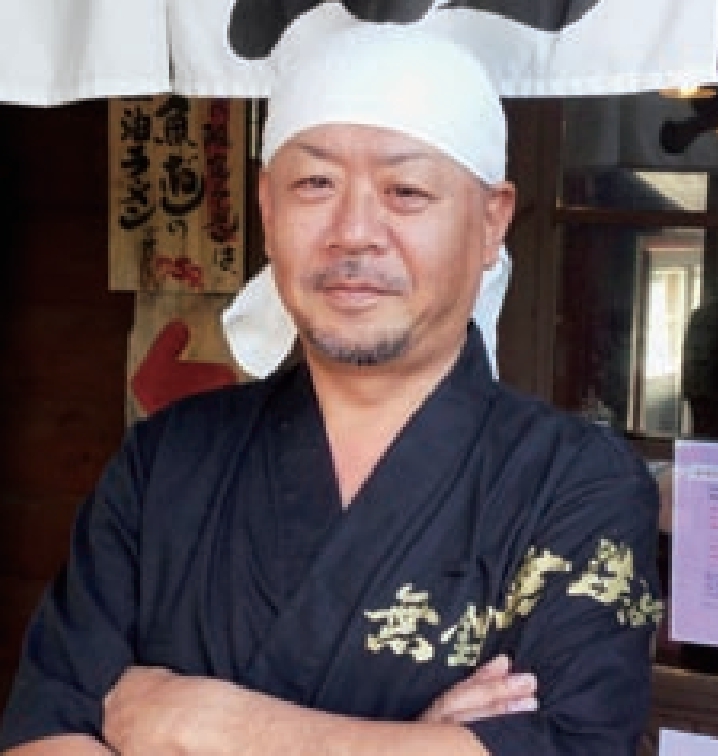
Owner: Mr. Shigeyuki Akasako
Tonkotsu soup of Muteppou is a soup with plenty of collagen made with high quality domestic pig bone and water only.
Every day, it is stewed until the bone marrow melts.
We are using special attention to products that are not sold face to face. The Brix and a salinity meter is one of the indicator to judge whether the usual soup has been made or not.
While making the sense of craftsmen cultivated through years of know-how as an important part of the taste index, the Brix meter is useful as a supporting tool, which can objectively see a small change in daily life.
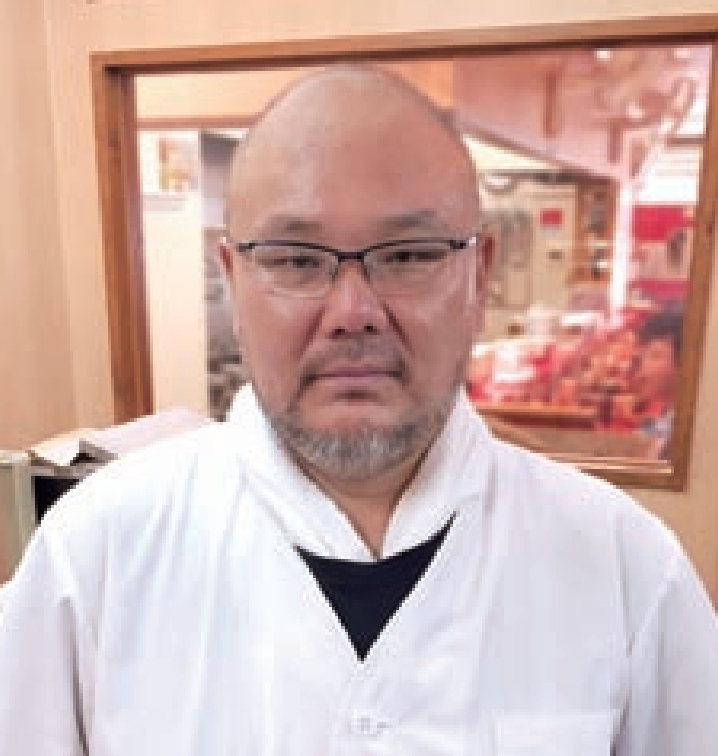
Owner: Mr. Kazuyoshi Tachibana
By adding extra effort, we can see the material change in accordance to seasonal change. We measure three kinds of soup respectively. I am also committed to noodles so we are also measuring Kansui. Since it is equipped with automatic temperature compensation there is no need to worry about the temperature.
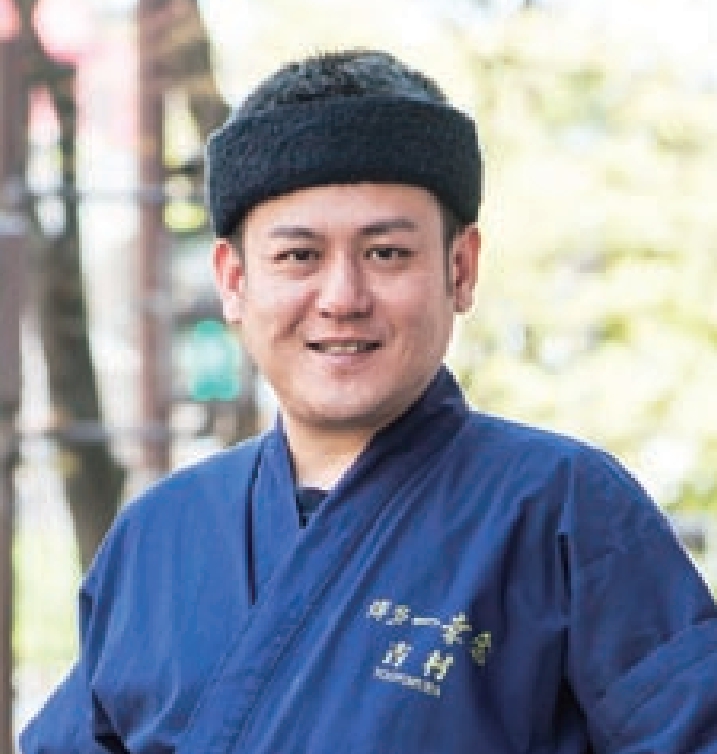
Owner: Mr. Yusuke Yoshimura
Wherever you eat you can offer authentic taste!

Owner: Mr. Yuuto Nakazato
Essential to maintain the concentration of soup balance of pork, chickens and seafood based soups.
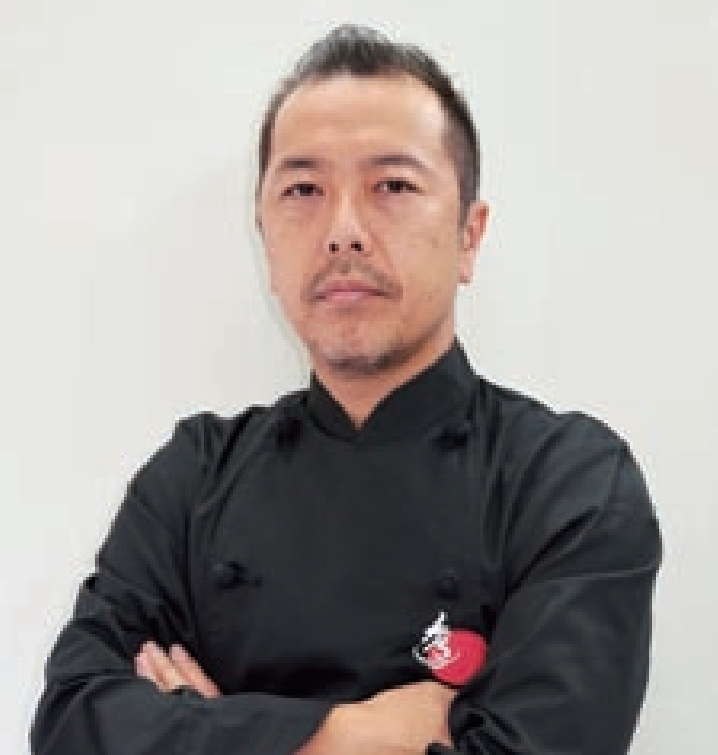
Owner: Mr. Hideto Kawahara
I am using a Brix meter to make thick and rich pork bone soup that sticks to the noodles.
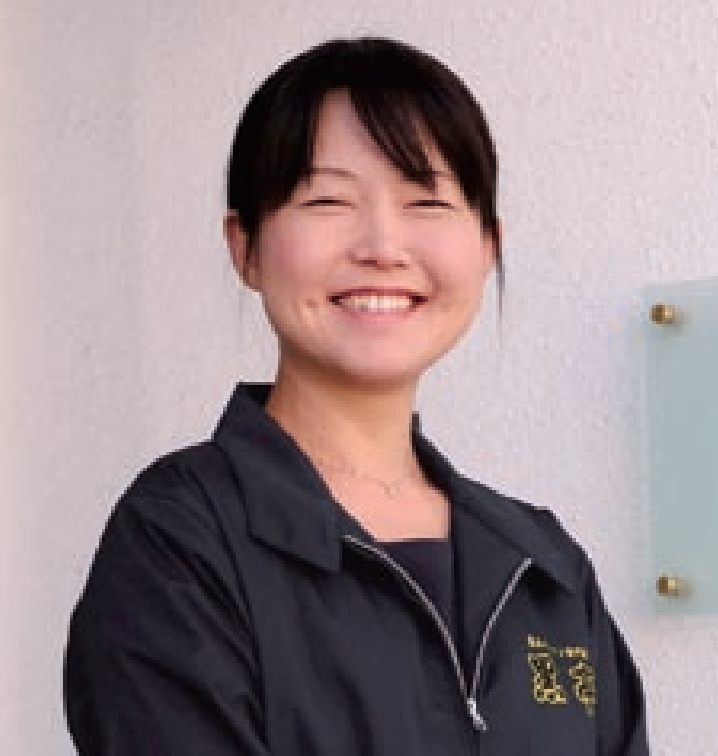
Owner: Ms.Kyoko Hirabayashi
I am using a Brix meter to preserve the taste of orthodox Kumamoto ramen.
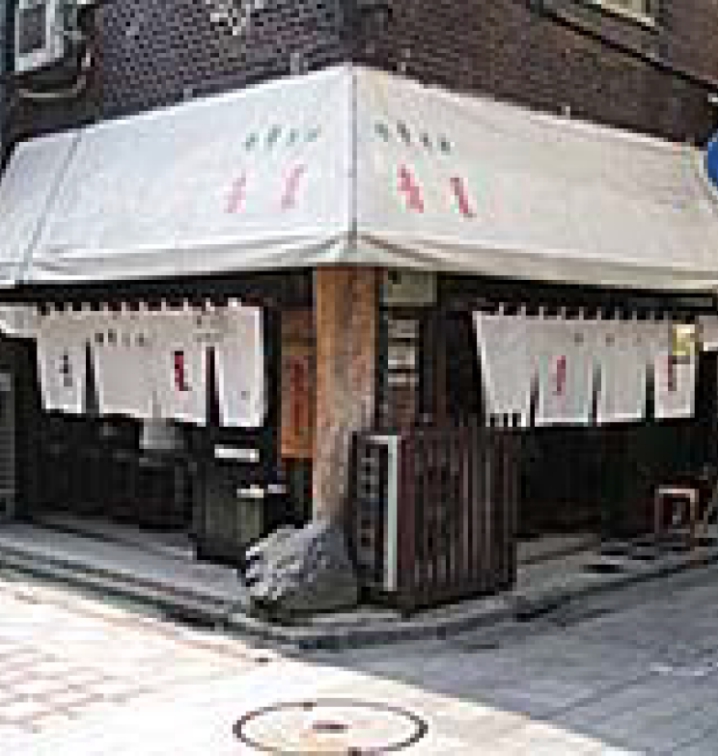
To keep the "consistent taste," our restaurant uses" scientific method." The ATAGO's ramen refractometer supplements the chef's experience and intuition. The chef's condition affects the flavor. To provide consistent flavor to customers, we use ATAGO's refractometer to check for Brix and salt in the soup on a daily basis.

Mr. Kazuhiro Terada
Ramen-loving CEO Mr. Kazuhiro Terada owns and runs ramen shops in Abiko city and Mito city. Since "Kannana" is a nickname for a highway, people may wonder why a restaurant in Abiko (unrelated to the highway) might be named "Kannana Ramen." This store has a history of apprenticeship with a famous ramen shop by Kannana called "Tosakko Ramen"; the name is symbolic of this tutelage.
Mr. Terada began using Brix meters once he started to manage multiple locations.
We first met Mr. Terada when he contacted us saying that "the readings on the demo unit are inconsistent."
"Teraccho" ramen is characterized by their extra-thick broth made with plenty of pork backfat.
The "extra-thickness" of their signature broth became a problem when trying to use it on a refractometer; sample was so murky that it didn't generate a clear reading.
Because Brix meters are based on light refraction, extra-thick broth would only show fuzzy boundary lines, resulting in instable readings.
Mr. Terada demoed several different models to no avail, but he did not give up. When he asked us if we had any other models that might work, we suggested "Rice Moisture Checker G-50," granted that we've never tried this model for such application. This unit is typically used to measure Brix% of rice and converts the reading to rice moisture level, so it generally gives a stable reading for white, murky samples. The "G-50" model successfully showed consistent readings for Mr. Terada's broth, and he implemented the unit for his stores.
We interviewed Mr. Hideyuki Kato from Abiko Location.
QWhy do you use Brix meters?
AWe didn't really need it when it was just one location, but when we branched out to multiple locations, it became necessary. It is difficult to train others to recreate the same taste.
QHow many people are in charge of making the broth?
AAt our Abiko store, about 7 to 8 people. Even when I'm not at the store, they can call me and describe the color and the Brix level, and I can give them directions. When I'm in charge of the broth myself, I've began to be able to guess its Brix range. I believe this is possible because being conscious of the Brix scale gave me a reference point for consistency.
QAt what stage do you take measurements?
AWe measure the Brix at the final stage of boiling down the broth. We get it to about 10-11% and freeze it, and the next day we add it to the broth from the day before. We also take measurements when there is a high possibility of fluctuation, such as when we open, when a staff ends his/her shifts, or when we use a broth prepared on a different day.
QWhat do you find important in running a ramen shop?
AFlavors change with even the smallest factors. Each of our branch stores has their own signature taste.
No two ingredients are the same, and surrounding temperature and humidity change each day, so it is very challenging to keep recreating the same taste, even within the same branch store. That is why we keep trying hard all the more.
We also have variety of choices of noodle firmness, amount of fat, and flavor intensity to satisfy each customer's preference.
Ramen with generous amount of pork fat. Their signature Char Siu is so big that it protrudes from the bowl. For the first bowl they serve thick noodles, and skinny noodles are served for seconds.
The taste is addictive and unforgettable!
We really enjoyed their specialty ramen. They clearly are very passionate about the quality of their products, and we hope that everyone will have a chance to visit them.
The taste of Tosakko ramen was something unique to that store. Because it is impossible to recreate their flavor, we came up with a unique one of our own. Mito store specializes in miso ramen, considering the trend in the neighborhood. Our neighborhood of the Abiko store is a high-competition area for restaurants, with many popular franchise restaurants as well as numerous ramen shops. If we are to be successful in multiple locations, we need to make each one the most popular one in the neighborhood. Brix meters are essential to maintain our flavor.
【Abiko Location】Rich Pork Fat" Kannana Ramen Teraccho
【Mito Store】Edo Miso Ramen Teraccho II